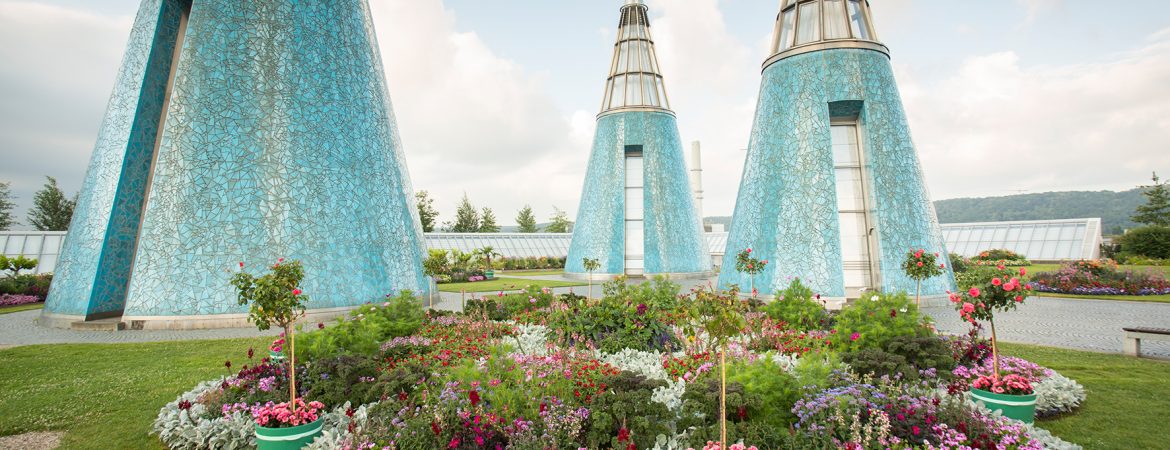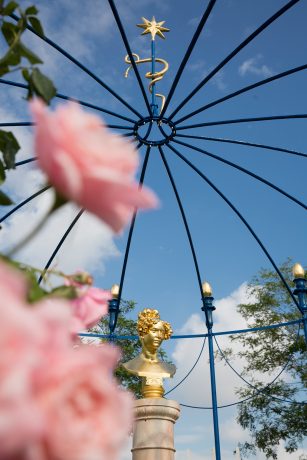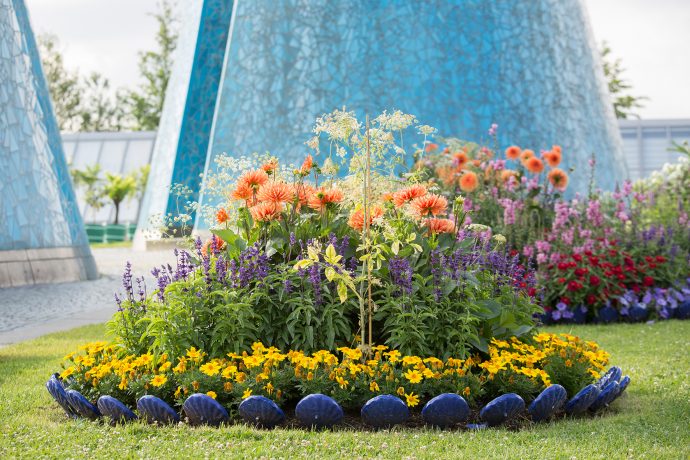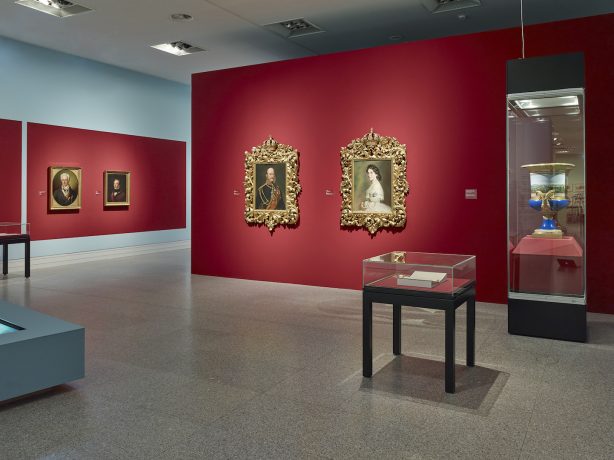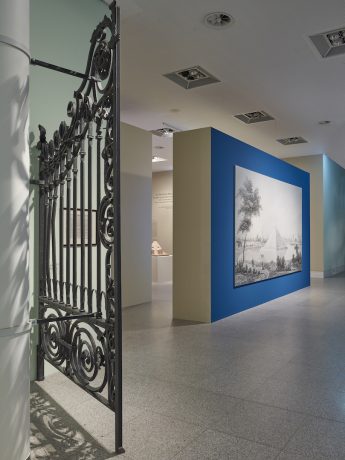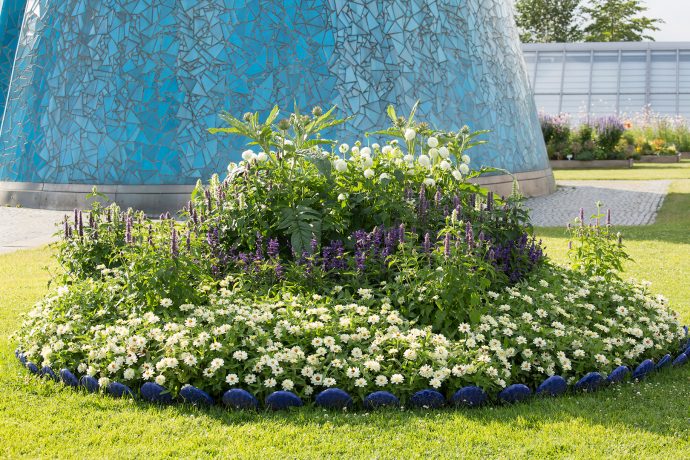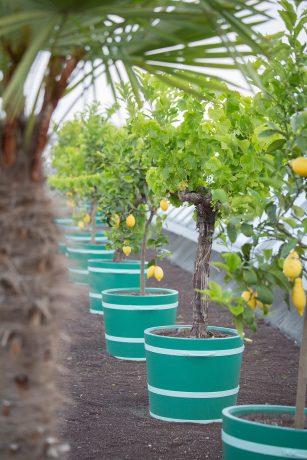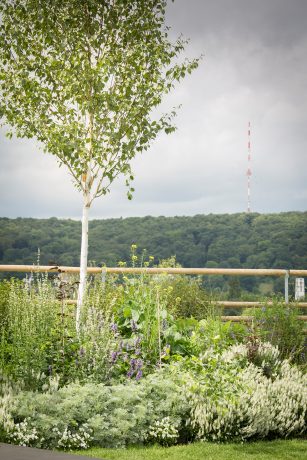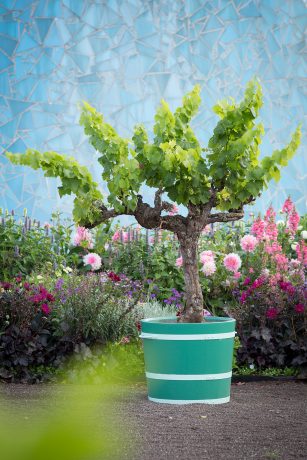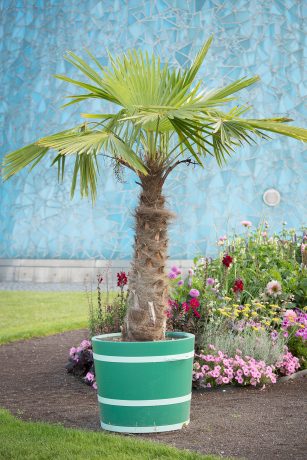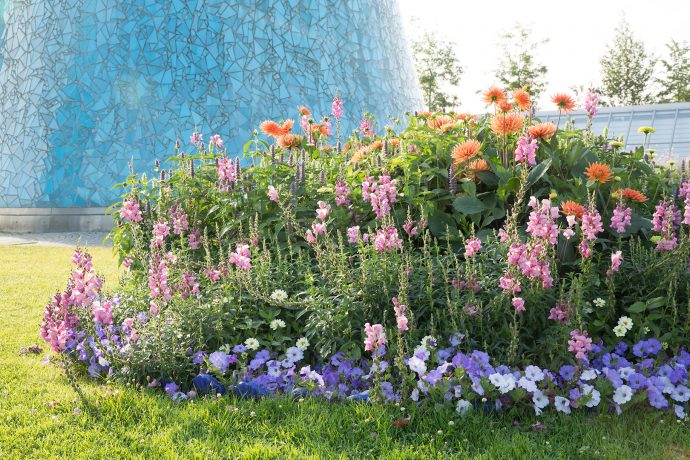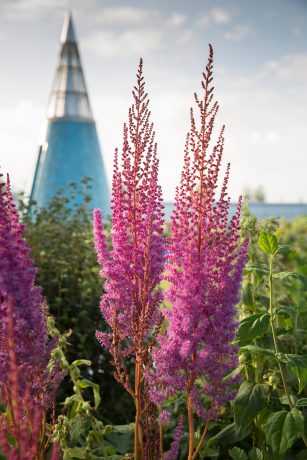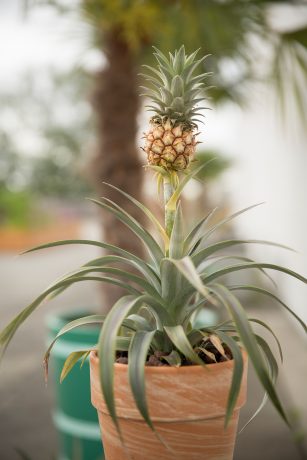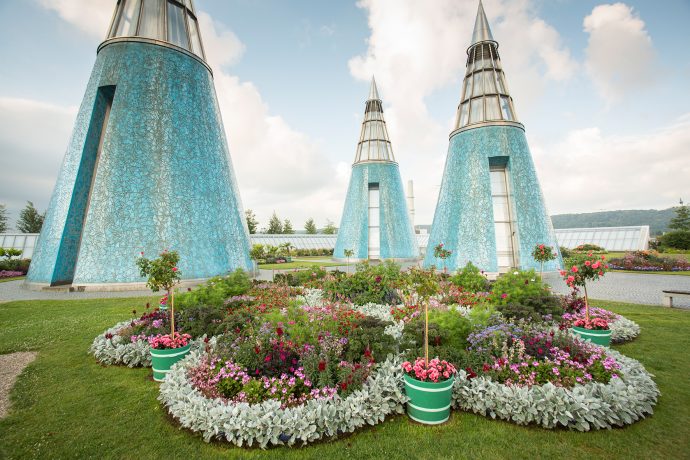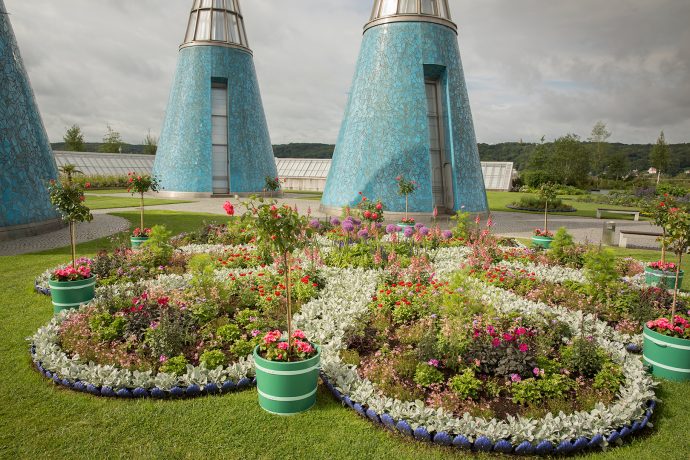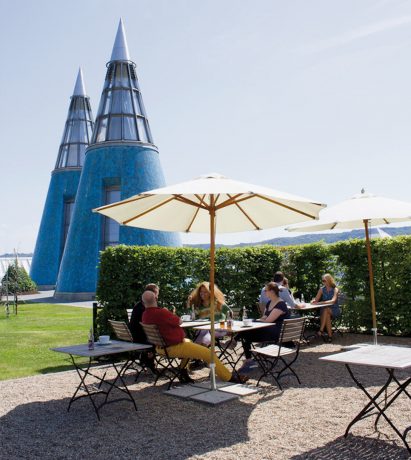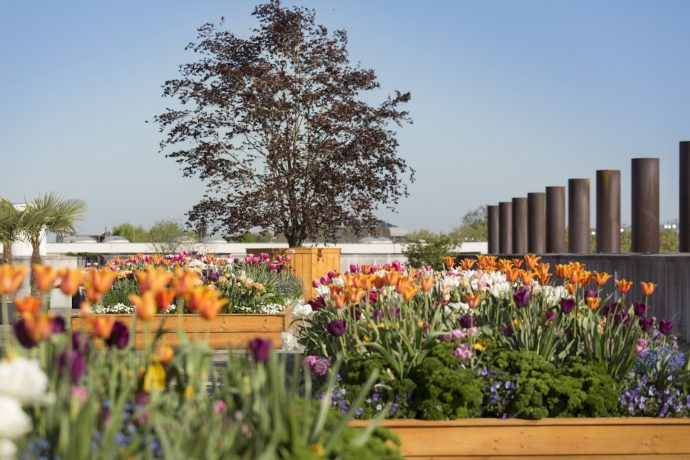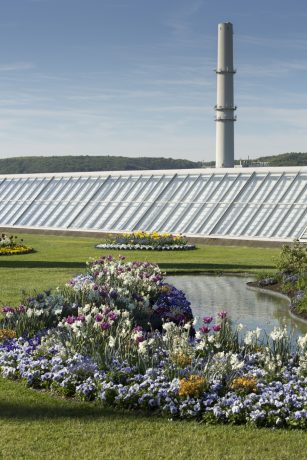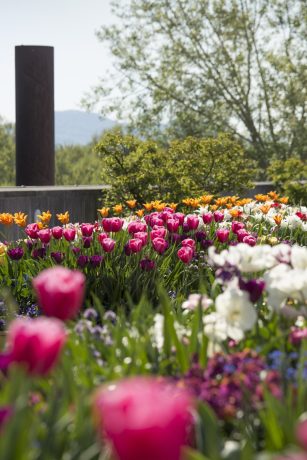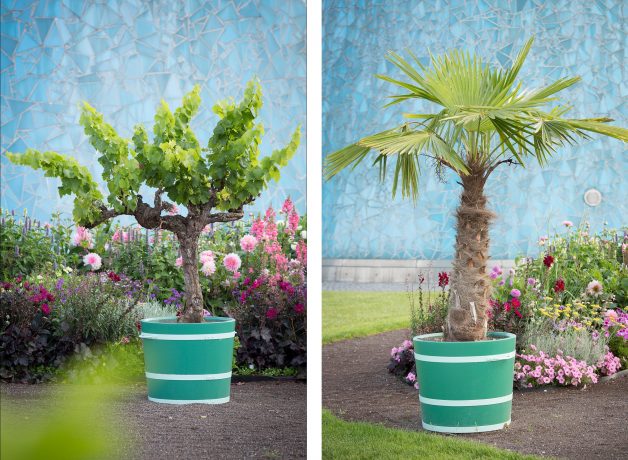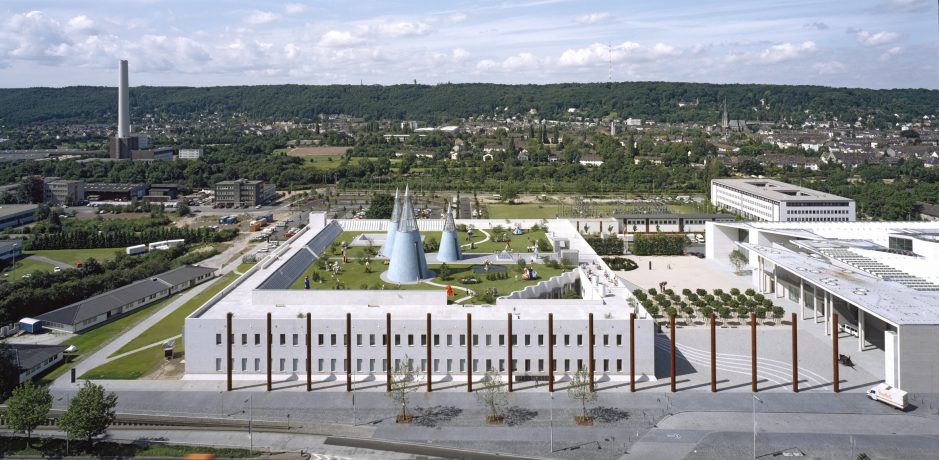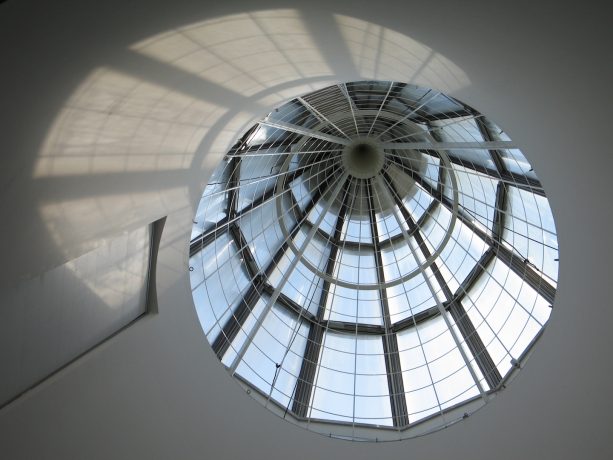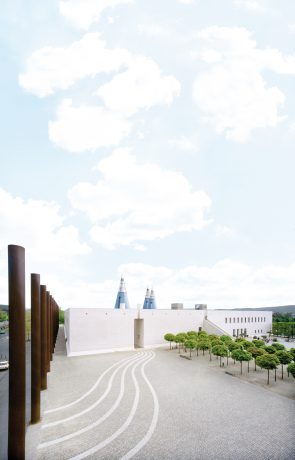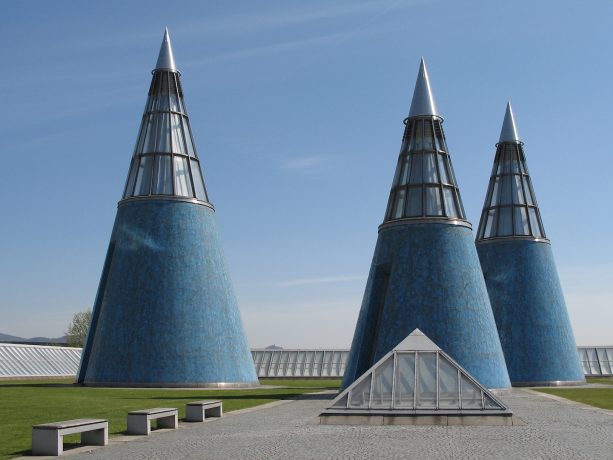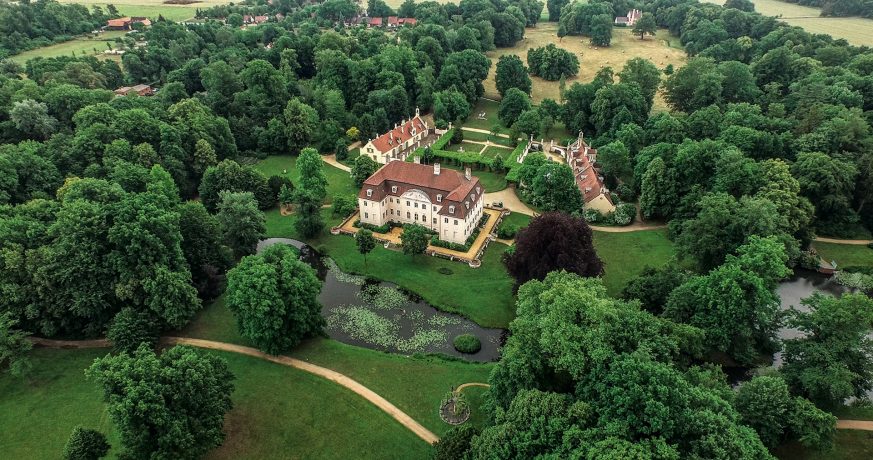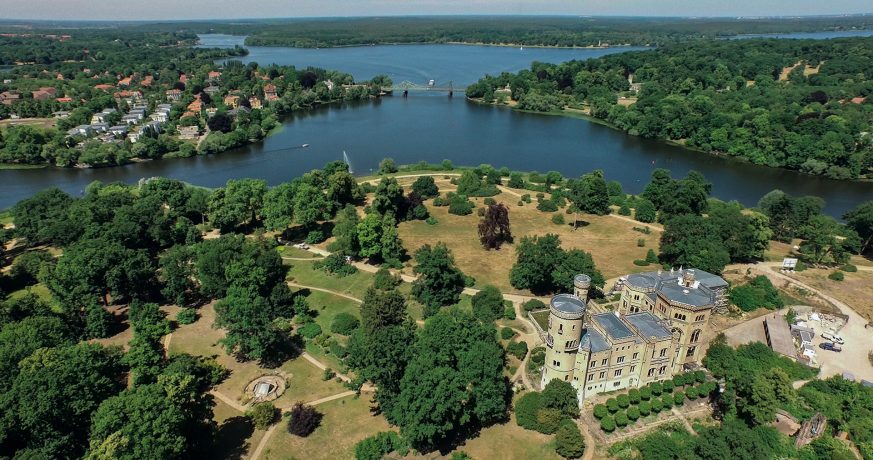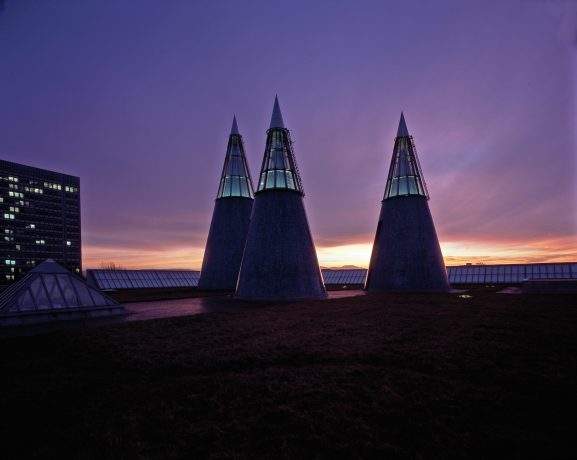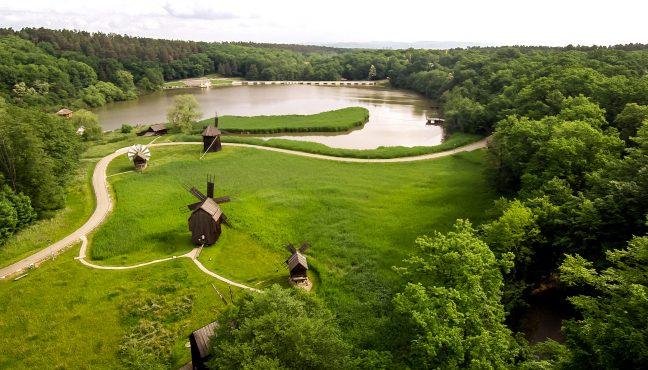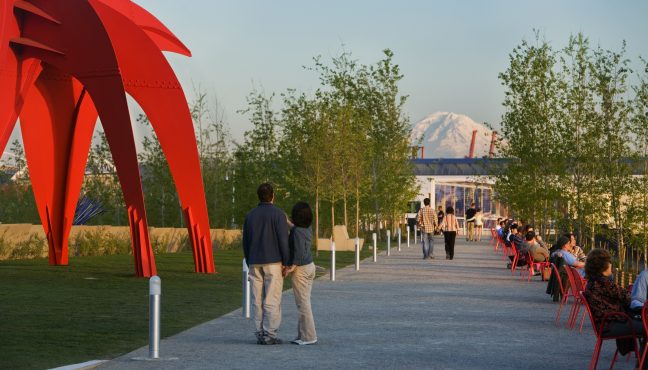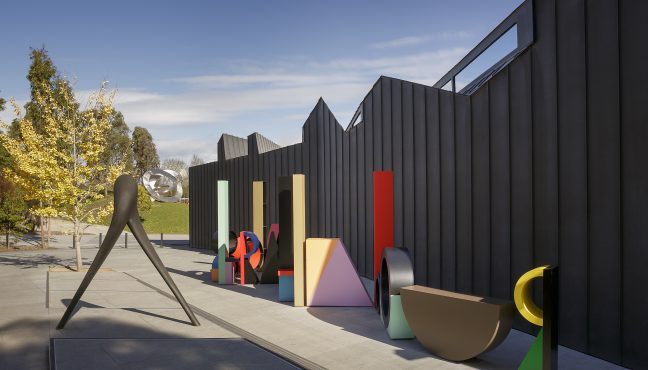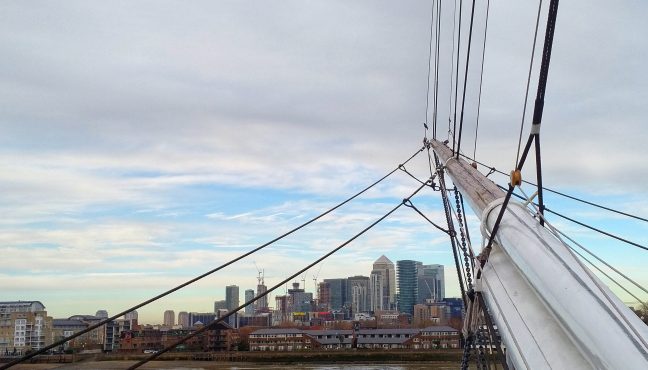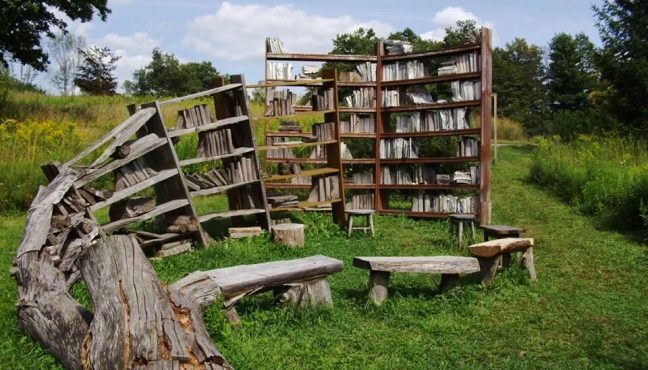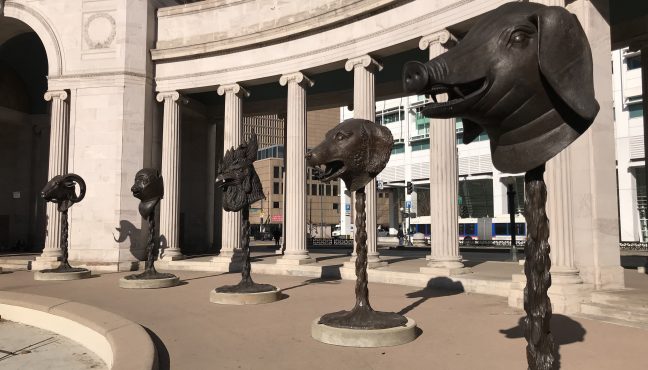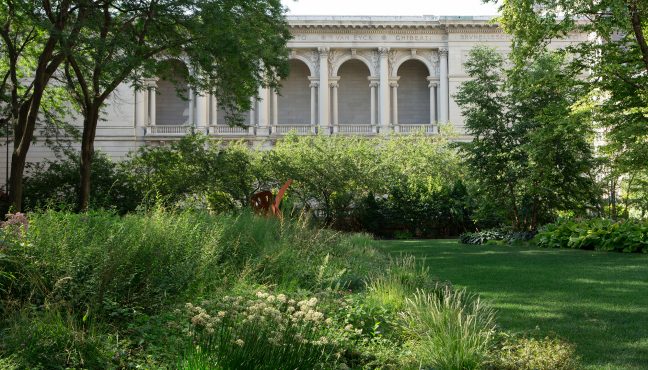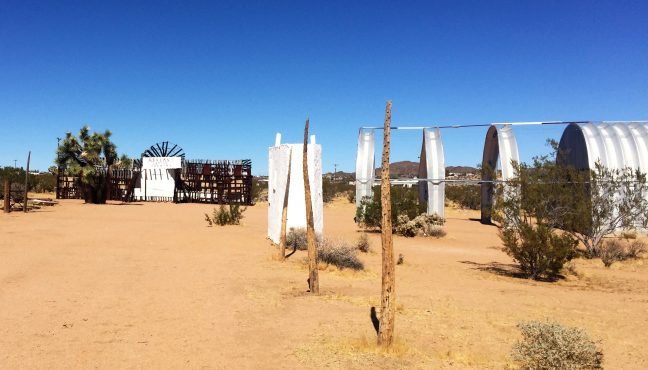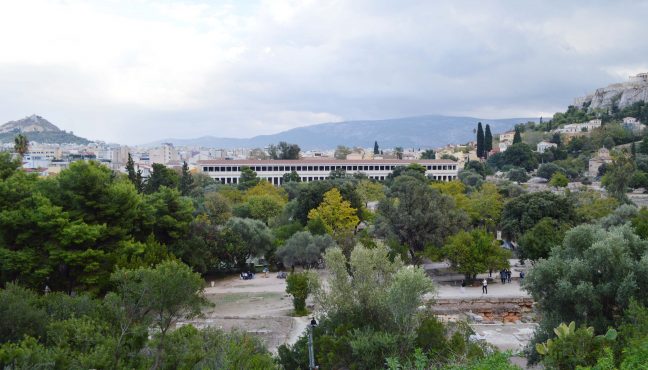Bundeskunsthalle is one of the most recognizable Bonn landmarks and one of the most visited museums in Germany. Highly symbolic, cutting-edge architecture by the Viennese architect Gustav Peichl will make you think is was built just recently, but actually the Bundeskunsthalle was inaugurated on 17 June 1992 and planned in the first half of the XX century!
It took more than 40 years of endless debate and more than 120 projects by various artists to finally settle on a great project of unique shape, structure and function. The ingenious building provides a differentiated and versatile system of small, medium and large rooms with a total of 5,600 square meters that can be lit with both daylight and artificial light. Bundeskunsthalle’s concept was unprecedented for Europe at the time – nowhere in the Western world could you find a cultural center created solely for the purpose of prestigious temporary exhibitions. Today the Bundeskunsthalle continues to surprise us with its projects and programs.
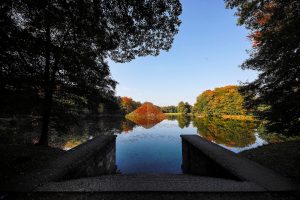
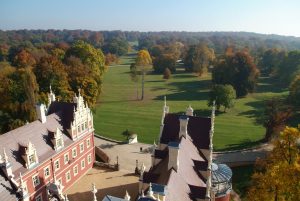
Until September 18, on the Bundeskunsthalle’s rooftop you can take a stroll under beautifully planted groups of mature trees, among them copper beeches, oaks, aspens and robinias, and enjoy the flowerbeds awash with a veritable sea of blossoms. This beauty is an homage to Prince Hermann Ludwig Heinrich von Pückler-Muskau – German nobleman and an excellent landscape artist, who wrote widely appreciated books, mostly about his travels in Europe and Northern Africa, published under the pen name “Semilasso”. His landscaped parks are named UNESCO World Cultural Heritage and the finest examples of nineteenth-century garden design in Europe. After visiting the exhibition dedicated to the Prince Pückler and his designs, ascend to the museum’s roof that was transformed into a lavish garden based on Prince’s ideas.
We talked to Sven Bergmann, Bundeskunsthalle’s Head of Corporate Communications about the rooftop garden:
Is it the first year the museum presents a garden on its rooftop?
The Pückler garden is the third garden exhibition and follows a garden of Max Liebermann (the original is in Berlin Wannsee) and an oriental garden, which was created to accompany an exhibition on Cleopatra.
Since it is not the first time, was a rooftop garden foreseen in the architectural plan?
Technically speaking yes, because the roof surface was constructed as 5th exhibition space. Garden exhibitions frequently change with sculpture exhibitions.
The garden is based on Prince’s design, but who created the actual landscape design on the roof?
Garden designer Christine Orel, who specializes in garden landscapes, created it. She took some specific features or “quotations” from the original gardens in East Germany and formed a new one.
How were the flowers and greenery chosen?
Most of the flowers and bushes are modern cultivars but successors of historic examples like Pückler used them. Some of the trees are direct genetic successors of the original examples like the European beech, the pineapple or others. It was important to have some key examples form the gardens themselves to show how Pückler created his pleasure grounds and the following landscapes. Mrs. Orel also used Pückler’s preferred colors like blue and gold in the design.
How accessible is the garden?
Since it was designed as the 5th exhibition space, visitors can easily enjoy the garden and the view with purchasing a ticket or just enter the garden café (without admission).
Talking about the café! Complementing the exhibition, the roof garden café is a perfect place to enjoy a cup of tea or coffee with a light snack. And if you feel like going for a walk head to the nearby river Rhine, you won’t regret it, especially after being inspired by Prince Pückler’s gardens.
